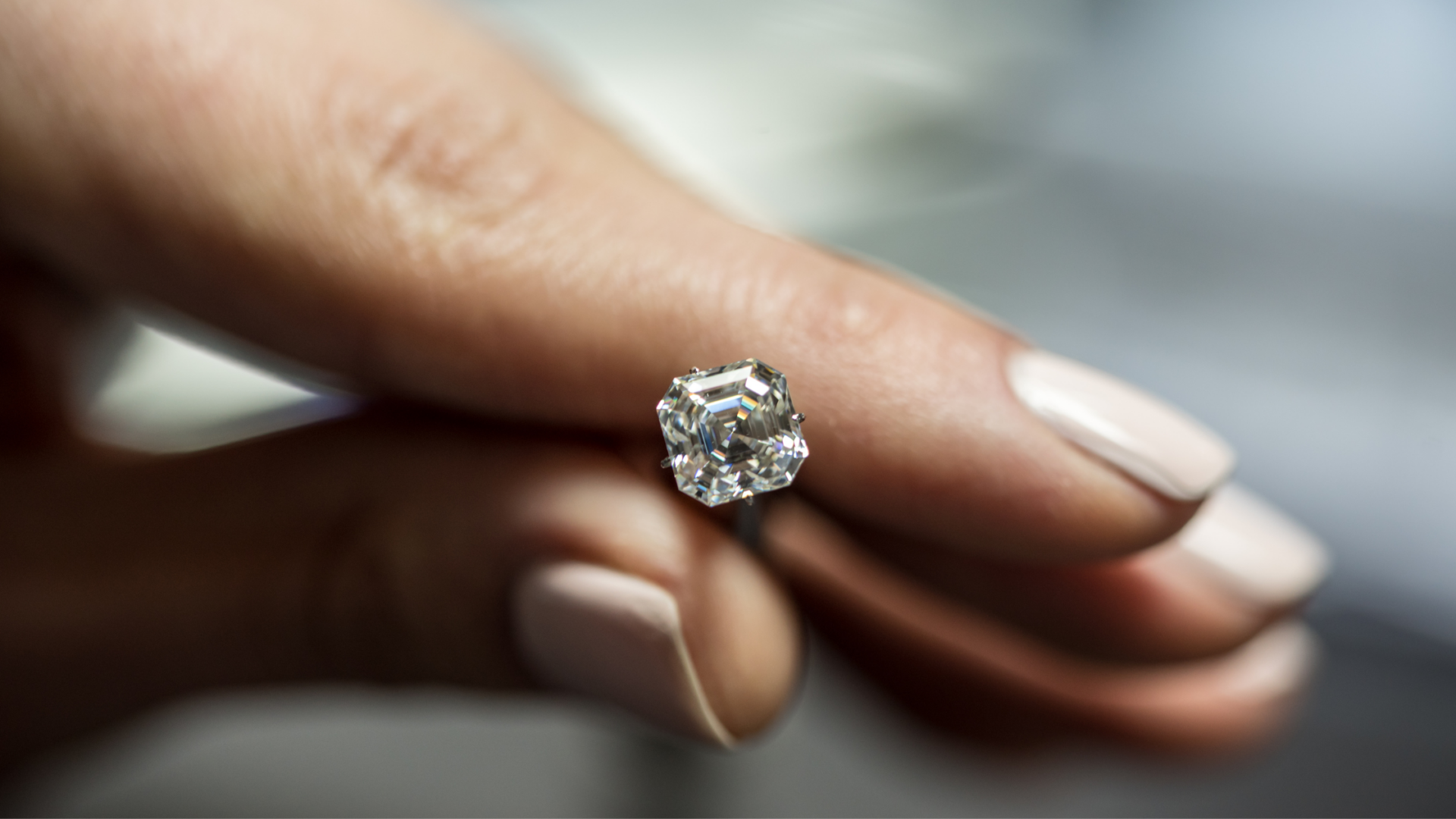I just purchased a 10x and a 30x loupe and am looking for advice on using it to purchase diamond jewelry on the secondhand market. I took a trip to a nearby city and while perusing a pawnshop, I found some diamond jewelry (rings, pendants) at great prices!
Under their jewelry lighting, every piece sparkles like crazy, and although I know most are probably low-quality stones, there might be some true treasures there, too!
Most of the diamonds are small diamonds (under 1 ct), what should I look for with my loupe in small diamonds that are already set?
Under their jewelry lighting, every piece sparkles like crazy, and although I know most are probably low-quality stones, there might be some true treasures there, too!
Most of the diamonds are small diamonds (under 1 ct), what should I look for with my loupe in small diamonds that are already set?




300x240.png)